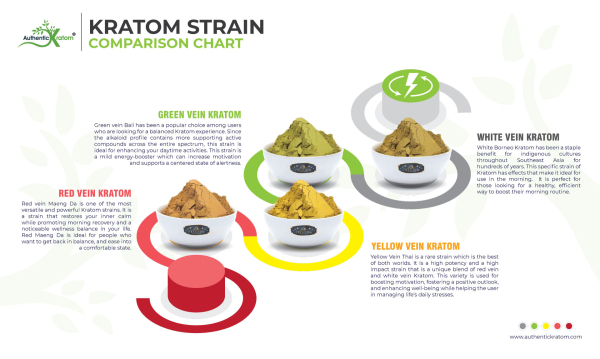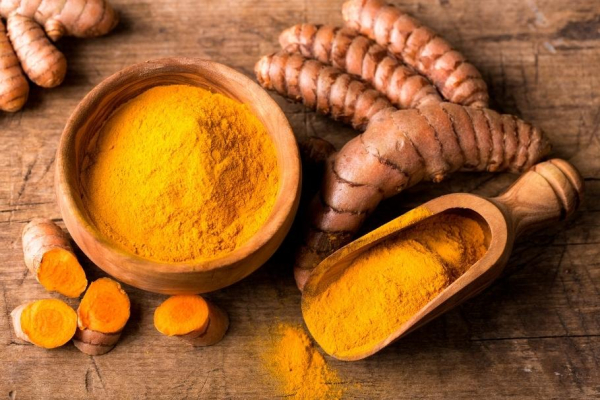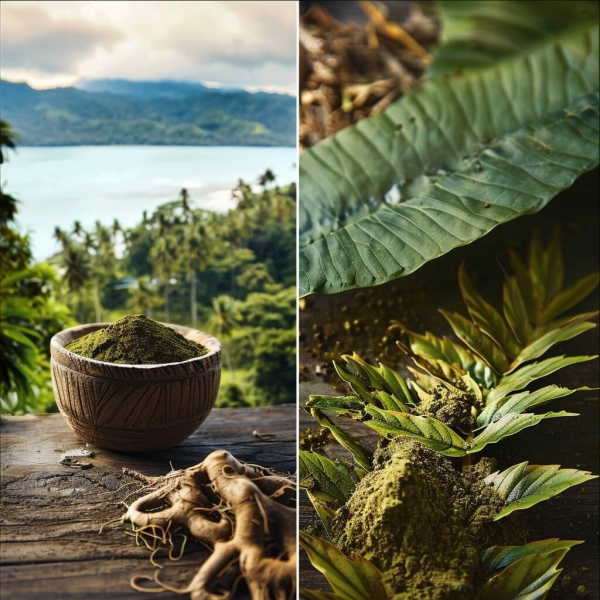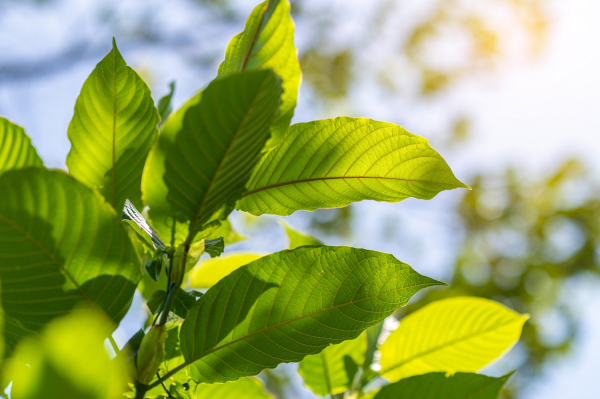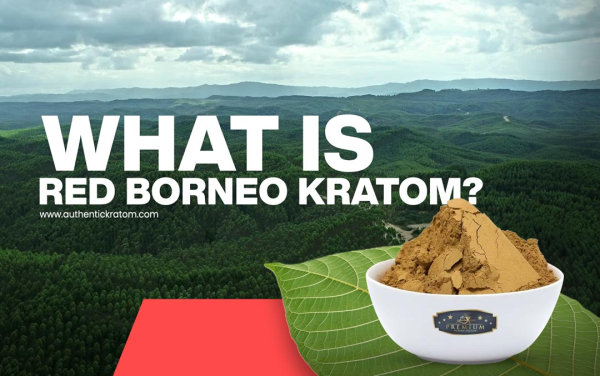- 1. Kava (Piper Methysticum)
- 2. Mitragyna Javanica
- 3. Mitragyna Hirsuta
- 4. Mitracarpus Scaber
- 5. Turmeric (Curcuma Longa)
- 6. CBD (Cannabidiol)
- 7. Zingiber Officinale (Ginger Root)
- 8. Blue Lotus (Nymphaea Caerulea)
- 9. Valerian Root (Valeriana Officinalis)
- 10. Phenibut
- FAQs: Kratom Alternatives
- Conclusion: Finding the Right Kratom Alternative
Top 10 Kratom Alternatives


TL;DR: Looking for a kratom alternative? This guide explores 10 natural and synthetic options, including kava, Mitragyna Javanica, Blue Lotus, CBD, and valerian root. Some alternatives provide relaxation and stress relief, while others offer mild stimulation. Mitragyna species are the closest match to kratom, while substances like Phenibut require caution due to potential dependence. Always research each option and consult a healthcare professional before use.
Disclaimer: This article is for informational purposes only and does not constitute medical, legal, or regulatory advice. Kratom is not FDA-approved, and its effects, risks, and legal status may vary by location. Always consult a healthcare professional before using kratom and check local laws to ensure compliance.
Kratom has gained popularity for its unique effects, but some people seek kratom alternatives for various reasons - whether due to legal restrictions, personal preference, or concerns about tolerance. Fortunately, several natural substances offer effects that are similar to kratom, ranging from relaxation to mild stimulation.
This guide explores 10 alternatives to kratom, including well-known botanicals like kava, CBD, and blue lotus, as well as lesser-known options such as Mitragyna Javanica and Mitracarpus Scaber. Let’s explore the best things like kratom and how they compare.
Key Takeaways
- There are many kratom alternatives, including natural botanicals and synthetic compounds.
- Mitragyna Javanica and Mitragyna Hirsuta are the closest natural alternatives to kratom, offering mild stimulation and relaxation.
- Kava, Blue Lotus, and Valerian Root are popular herbal options for promoting relaxation and stress relief.
- CBD, turmeric, and ginger are often used for general wellness and potential kratom potentiation, though they don’t mimic kratom’s effects.
- Phenibut is a synthetic option that some people use as an alternative, but it carries a higher risk of dependence and withdrawal.
- Many kratom alternatives are widely legal and accessible, but laws can change, so it’s important to stay updated on regulations.
1. Kava (Piper Methysticum)
Kava, a traditional beverage from the South Pacific, has long been used for its calming and mood-enhancing effects. Made from the root of the Piper methysticum plant, kava contains kavalactones, compounds that interact with GABA receptors in the brain. Unlike kratom, which binds to opioid receptors, kava allegedly produces relaxation without the risk of opioid-like dependence.
One major advantage of kava is its legal status - it remains legal in most countries, including the U.S., and is widely available in powder, capsules, extracts, and ready-made drinks, like kava tea. However, excessive or long-term use has been linked to potential liver toxicity, so moderation is key.
2. Mitragyna Javanica
Mitragyna Javanica is a close botanical relative of kratom (Mitragyna speciosa) and is often used as a kratom alternative in regions where kratom is restricted or banned. While it comes from the same plant family, its effects are notably milder due to its different alkaloid profile.
Instead of mitragynine, the primary alkaloid in kratom, Mitragyna Javanica contains mitrajavine, which is thought to interact with the body in a similar way - allegedly providing mild stimulation and relaxation without the same potency as kratom. Because of this, some users turn to Mitragyna Javanica when they want a legal alternative to kratom that still offers some of its familiar effects.
3. Mitragyna Hirsuta
Mitragyna Hirsuta is another close relative of kratom, native to Southeast Asia, particularly in Thailand, Cambodia, and Vietnam. Like Mitragyna Javanica, it belongs to the same botanical family as kratom (Rubiaceae) but has a different alkaloid composition.
Instead of mitragynine, Mitragyna Hirsuta primarily contains mitraphylline, an alkaloid believed to produce mild stimulant and relaxant effects. Because of its similar properties, it’s often used as a kratom alternative, especially in areas where kratom is banned.
4. Mitracarpus Scaber
Mitracarpus Scaber is a lesser-known botanical that has been traditionally used in West African herbal medicine for its potential anti-inflammatory and analgesic properties. While not as widely recognized as other kratom alternatives, this plant contains alkaloids that may potentially offer mild relaxation and discomfort relief..
Some reports suggest that Mitracarpus Scaber interacts with the body's nervous system in a way that promotes a subtle sense of well-being and calm, though research on its exact mechanisms remains limited.
One reason Mitracarpus Scaber is gaining interest as an alternative to kratom is its availability and legal status. Unlike kratom, which faces legal restrictions in some regions, Mitracarpus Scaber is not classified as a controlled substance in most countries, making it easier to access.
5. Turmeric (Curcuma Longa)
Turmeric (Curcuma longa) is a well-known spice and medicinal herb that has been used for centuries in Ayurvedic and traditional medicine. While it doesn’t produce effects similar to kratom on its own, many people use turmeric as a kratom potentiator - meaning it may enhance and extend the duration of kratom’s effects. This is due to curcumin, turmeric’s active compound, which is believed to have anti-inflammatory and antioxidant properties that support overall well-being.
As a kratom alternative, turmeric is widely legal and easily accessible, available in capsules, powders, and teas. For those seeking natural ways to support their well-being, turmeric can be a useful addition to a wellness routine, either on its own or in combination with other botanicals.
As with any herbal supplement, it's best to consult a healthcare professional before using turmeric, especially if you have existing health conditions or take medications. This information is for educational purposes only and not medical advice.
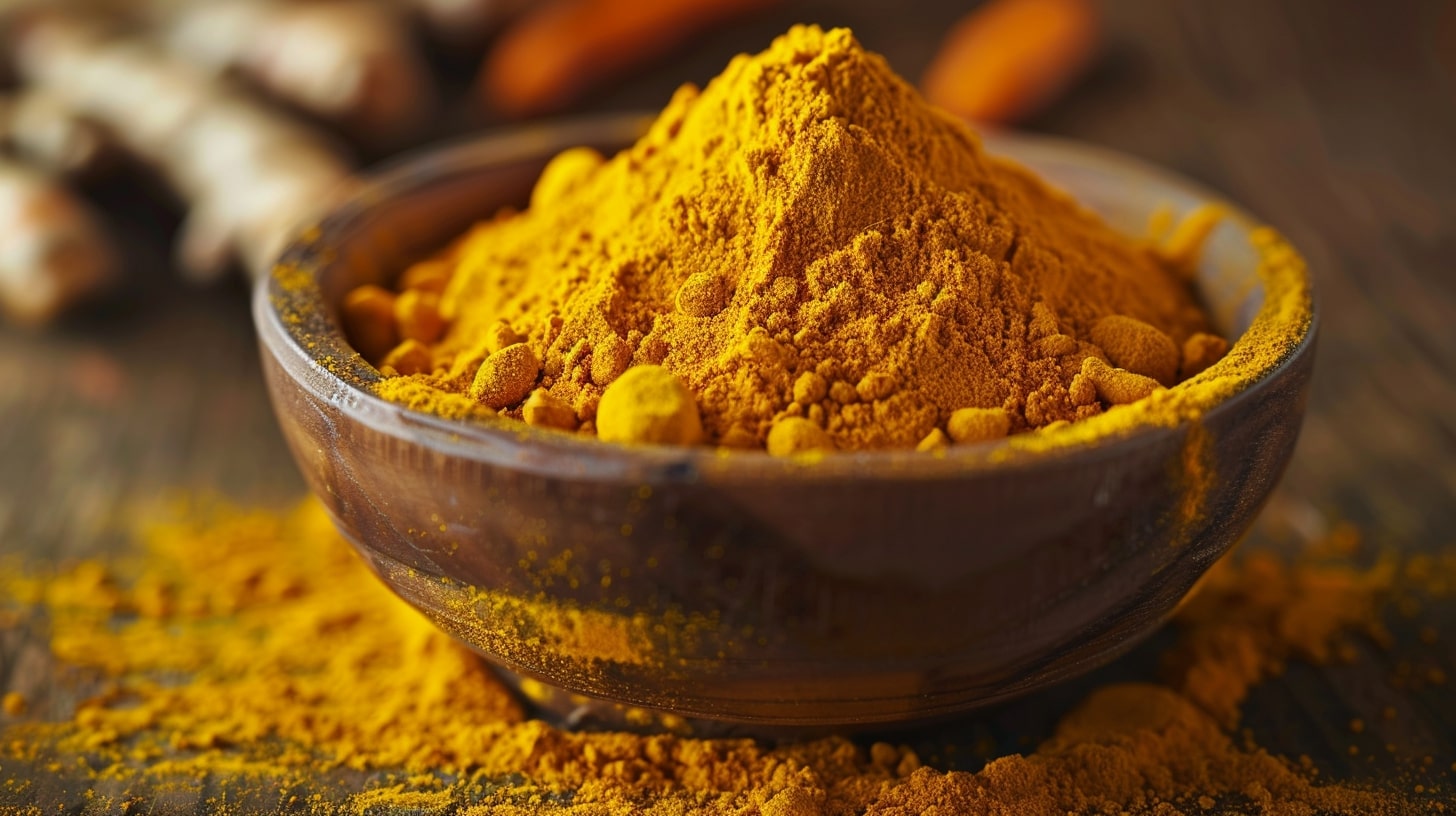
6. CBD (Cannabidiol)
CBD (Cannabidiol) is a naturally occurring compound found in hemp and cannabis plants. Unlike kratom, CBD does not interact with opioid receptors but instead influences the endocannabinoid system, which plays a role in regulating mood, stress, and overall balance.
Many people use CBD products as a kratom alternative for potential relaxation, stress relief, or general well-being, especially in states where kratom is restricted - after all, CBD is widely legal in the U.S. as long as it is derived from hemp and contains less than 0.3% THC. As always, consult a healthcare professional before trying CBD, especially if you're taking medications or have existing health concerns.
7. Zingiber Officinale (Ginger Root)
Ginger root (Zingiber officinale) has been used for centuries in traditional medicine for its anti-inflammatory, digestive, and energizing properties. While it doesn’t have the same effects as kratom, some users take ginger as a kratom alternative to support overall well-being and reduce nausea, especially when consuming kratom.
Ginger is widely available in powder, fresh root, capsules, and teas. Some people report that ginger provides a mild energy boost and mental clarity, making it a gentle, natural option for daily use. However, as with any herbal supplement, it’s always best to consult a healthcare professional before adding ginger to your routine
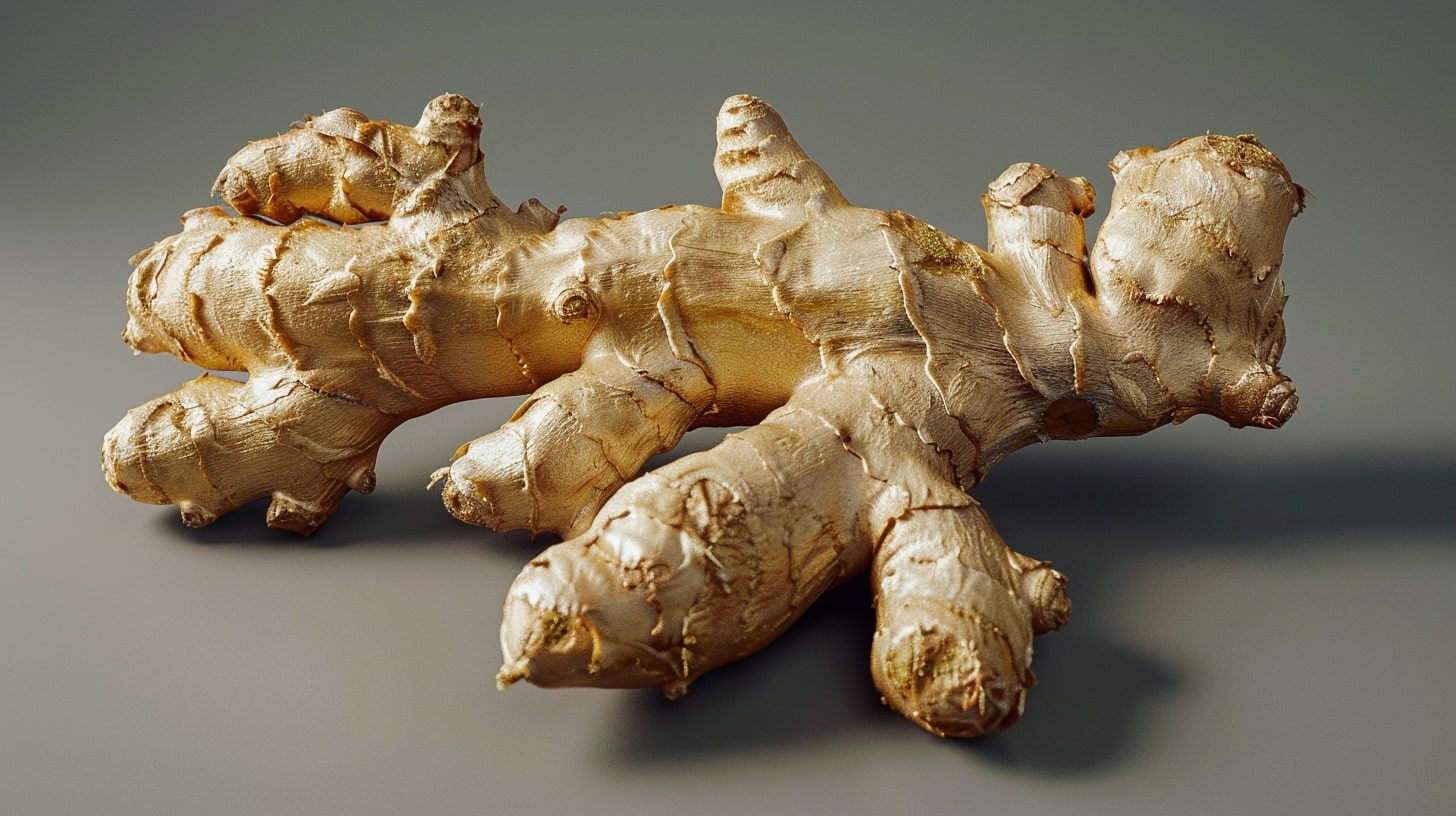
8. Blue Lotus (Nymphaea Caerulea)
Blue Lotus (Nymphaea Caerulea) is an ancient botanical known for its mildly sedative and mood-enhancing effects. Used in Egyptian and Ayurvedic traditions, this water lily contains aporphine alkaloids, which are believed to promote relaxation, euphoria, and mental clarity.
While its effects are not identical to kratom, Blue Lotus is often used as a kratom alternative for those seeking a natural way to unwind without strong sedative properties. Blue Lotus is legal in most countries and is commonly available in teas, tinctures, and extracts.

9. Valerian Root (Valeriana Officinalis)
Valerian root (Valeriana officinalis) is a well-known natural sleep aid and relaxant that has been used for centuries in traditional herbal medicine. It contains valerenic acid, which is believed to interact with GABA receptors in the brain, promoting calmness and relaxation.
While valerian root does not produce the same effects as kratom, many people use it as a kratom alternative for reducing stress, improving sleep, and easing nervous tension.
Valerian root is widely legal and available in capsules, teas, tinctures, and extracts, making it an accessible option for those looking for a natural way to unwind. Some find it helpful for winding down at night or managing occasional stress, though its sedative effects can vary. As always, it's best to consult a healthcare professional before using valerian root, especially if you're taking medications or have existing health concerns.
10. Phenibut
Phenibut is a synthetic compound originally developed in Russia for its calming and mood-enhancing effects. It works by interacting with GABA receptors, which are responsible for promoting relaxation and reducing stress. Some people use Phenibut as a kratom alternative for its anxiolytic and mild euphoric effects, but unlike most natural alternatives, Phenibut comes with a higher risk of dependence and withdrawal if misused.
In many countries, including the U.S., Phenibut is unregulated but not officially approved for medical use, meaning it can be legally purchased as a supplement. However, due to its potential for tolerance and dependence, it should only be used with extreme caution and under proper guidance.
FAQs: Kratom Alternatives
What is similar to kratom?
Some of the closest kratom alternatives include Mitragyna Javanica, Mitragyna Hirsuta, and kava, as they offer similar effects like mild stimulation or relaxation.
Is there anything better than kratom?
It depends on what you’re looking for. Some people prefer kava or CBD for relaxation, while others find Mitragyna species to be the closest match to kratom’s effects.
What are the best natural alternatives to kratom?
If you prefer plant-based options, kava, blue lotus, and valerian root are among the most popular natural kratom alternatives.
Conclusion: Finding the Right Kratom Alternative
Whether you're looking for a kratom alternative due to legal restrictions, personal preference, or a desire to explore different botanicals, there are plenty of options to consider.
Mitragyna Javanica and Mitragyna Hirsuta offer effects closest to kratom, while kava, Blue Lotus, and valerian root provide natural relaxation. For those seeking general wellness support, CBD, turmeric, and ginger may be great additions to a daily routine. However, some substances, like Phenibut, require extra caution due to their potential for dependence.
Since every alternative affects individuals differently, it’s important to research each option carefully and consult a healthcare professional before use. Laws and regulations around these substances can also change, so staying informed is key.
By exploring different alternatives to kratom, you can find the option that best fits your needs while prioritizing safety and responsible use.
Disclaimer: This article is for informational purposes only and does not provide legal or medical advice. Kratom laws can change, so always verify the latest regulations before purchasing or using it.
About Authentic Kratom
Authentic Kratom is your trusted source for premium, lab-tested kratom, proudly serving customers across the U.S. from our base in San Fernando Valley.
Founded in 2013, we set out to redefine the kratom experience—prioritizing quality, transparency, and customer well-being.
- Direct-from-source authenticity – Every strain is meticulously sourced from Indonesia’s finest kratom farms. If we can’t verify its purity, we won’t sell it.
- Uncompromising quality control – Lab-tested for potency, safety, and consistency, each batch comes with full transparency and batch numbers.
- Customer-first approach – Same-day shipping, free standard shipping, and top-tier customer service ensure a seamless experience.
- Industry leadership – As an American Kratom Association member, we adhere to strict GMP standards, advocating for kratom safety and education.
- A brand you can trust – With over 4,000 verified reviews, our reputation is built on real results and customer satisfaction.
At Authentic Kratom, we believe everyone deserves safe, high-quality kratom without the guesswork. Experience the difference with us—where quality, care, and integrity come first.




